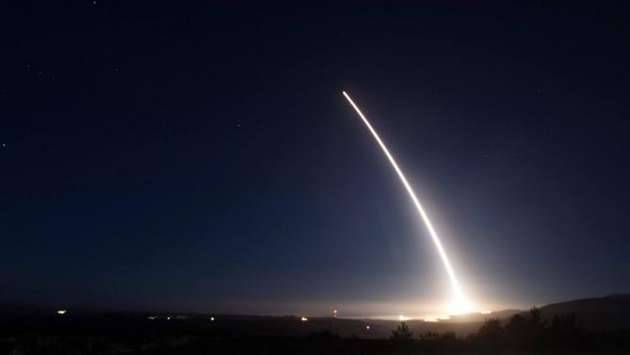Disir
Platinum Member
- Sep 30, 2011
- 28,003
- 9,607
- 910
Recently, Vietnamese and Western media resumed reporting on China’s HD-981 oil rig, after it was redeployed to disputed waters, dredging up memories of the intense anti-Chinese protests in Vietnam and the diplomatic standoff that occurred last year when the rig was moved to waters between Vietnam and China for the first time. The HD-981 oil rig gives China a mobile, economic platform from which to project its sovereignty in disputed waters, but what about a cultural-historical platform? Well, “they have a ship for that,” too, and its recent deployment in the Paracel Island chain went relatively unnoticed. The vessel in question is China’s first domestically designed and developed archaeological ship, and its deployment reflects China’s ability to rapidly introduce dedicated ships for virtually every function it desires
Archaeology and the South China Sea The Diplomat
There is more than one way to skin a cat or He with the baddest archaeology ship wins.
Archaeology and the South China Sea The Diplomat
There is more than one way to skin a cat or He with the baddest archaeology ship wins.



